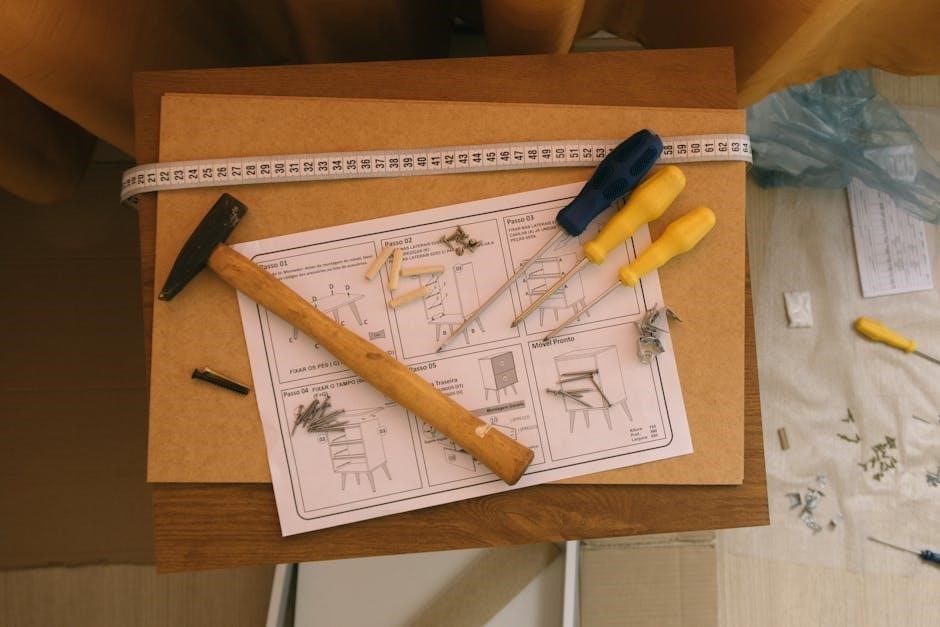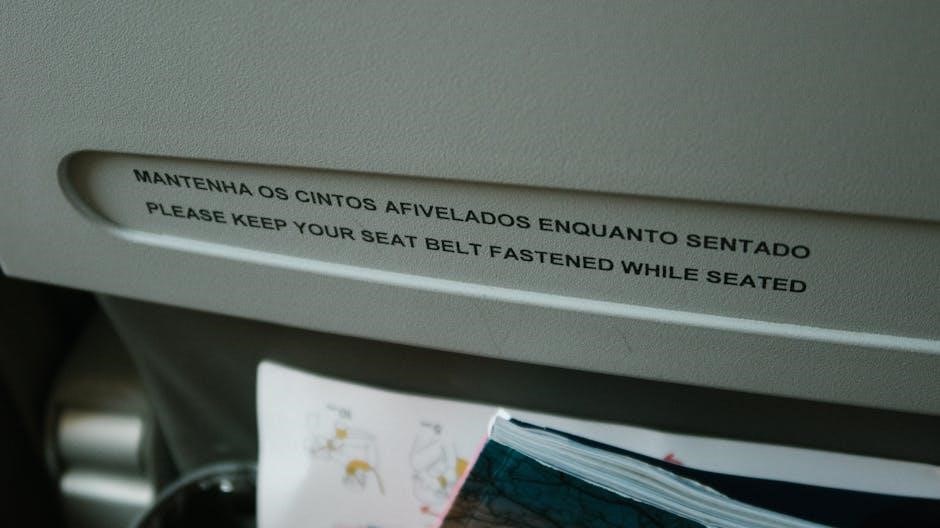Overview of Pressure Canning
Pressure canning is a method of canning that uses high temperatures and pressures to kill off bacteria and other microorganisms that can cause food spoilage․ This method is essential for canning low-acid foods such as meats, vegetables, and soups, as it ensures that the food is heated to a temperature that is hot enough to kill off any bacteria that may be present․ Pressure canning is also used for canning high-acid foods such as fruits and jams, although it is not always necessary․ The Mirro pressure canner is a popular choice for pressure canning, and it is available in a range of sizes, including 12-quart and 22-quart models․ Pressure canning is a safe and effective way to preserve food, and it is an important part of many people’s food preservation routines․ With the right equipment and a little practice, anyone can learn to pressure can their own food at home․ The process involves heating the food to a high temperature, then sealing it! in airtight jars to prevent spoilage․
Components of Mirro Pressure Canner include a large pot, lid, gasket, and pressure gauge, all working together to create a safe and effective canning system for home use always;
Understanding the Mirro 22-qt Pressure Canner Model
The Mirro 22-qt Pressure Canner Model is a popular choice among home canners, offering a large capacity for processing multiple jars at once․ This model features a durable construction and a reliable pressure gauge, ensuring safe and consistent results․ The 22-qt size is ideal for large batches of low-acid foods, such as meats and vegetables, as well as high-acid foods like jams and jellies․ According to online reviews, the Mirro 22-qt Pressure Canner Model is easy to use and clean, with a simple and intuitive design․ The model also comes with a comprehensive instruction manual, providing step-by-step guidance on pressure canning procedures and troubleshooting tips․ With its large capacity and reliable performance, the Mirro 22-qt Pressure Canner Model is a great choice for anyone looking to preserve fresh foods at home․ The model is also compatible with a range of accessories and replacement parts, making it easy to maintain and repair․

Assembly and Preparation of Mirro Pressure Canner
Assembly and preparation of Mirro Pressure Canner involves unpacking, washing, and drying parts, then assembling the unit according to the manufacturer’s instructions online․
Initial Setup and Calibration of the Pressure Gauge
The initial setup and calibration of the pressure gauge is a crucial step in ensuring the safe and effective operation of the Mirro pressure canner․ According to the instruction manual, the pressure gauge should be calibrated to 15 psi, which is the recommended pressure for most canning applications․ This can be done by following the manufacturer’s instructions, which typically involve placing the gauge in a pot of boiling water and adjusting the regulator to achieve the desired pressure; It is also important to note that the pressure gauge should be checked regularly to ensure that it is functioning accurately․ The Mirro pressure canner instruction manual provides detailed instructions on how to calibrate the pressure gauge, as well as troubleshooting tips for common issues that may arise during the setup process․ By following these instructions, users can ensure that their pressure canner is operating safely and effectively․ The manual is available online for users to consult․

Operating Instructions for Mirro Pressure Canner
Operating instructions for Mirro pressure canner include step-by-step guides on loading, heating, and cooling, ensuring safe and effective canning processes with Mirro models like the 22-qt pressure canner available online․
Pressure Canning Procedures for Low-Acid and High-Acid Foods
Pressure canning procedures for low-acid and high-acid foods are crucial for ensuring safe and healthy food preservation․ Low-acid foods, such as meats and vegetables, require a higher pressure and temperature to kill off bacteria and other microorganisms․ High-acid foods, such as jams and jellies, can be canned at a lower pressure and temperature․ The Mirro pressure canner instruction manual provides detailed guidelines on the pressure canning procedures for both low-acid and high-acid foods․ It is essential to follow these guidelines carefully to avoid spoilage and foodborne illness․ The manual also provides information on the recommended pressure and temperature settings for different types of food, as well as the processing times and methods․ By following the pressure canning procedures outlined in the manual, users can ensure that their food is safely and effectively preserved․ This is especially important for low-acid foods, which can be more susceptible to spoilage and contamination․

Troubleshooting and Maintenance of Mirro Pressure Canner
Troubleshooting and maintenance of Mirro pressure canner involves checking seals, gaskets, and valves, and following guidelines for replacement and repair, ensuring optimal performance and safety, as outlined in the manual instructions;

Replacing Parts and Finding Replacement Manuals for Mirro Pressure Canner
Replacing parts for Mirro pressure canner is a crucial aspect of maintenance, and users can find replacement manuals and parts online or through authorized dealers․ The process involves identifying the specific part that needs replacement, such as gaskets, seals, or valves, and ordering the correct replacement․ Users can visit the official Mirro website or online marketplaces to find replacement parts and manuals․ Additionally, online forums and communities can provide valuable resources and guidance for replacing parts and troubleshooting common issues․ It is essential to follow the manufacturer’s instructions and guidelines when replacing parts to ensure safe and optimal performance of the pressure canner․ By having access to replacement manuals and parts, users can extend the lifespan of their Mirro pressure canner and continue to enjoy safe and reliable canning experiences․ Online resources and customer support can also help users find the necessary replacement parts and manuals․
